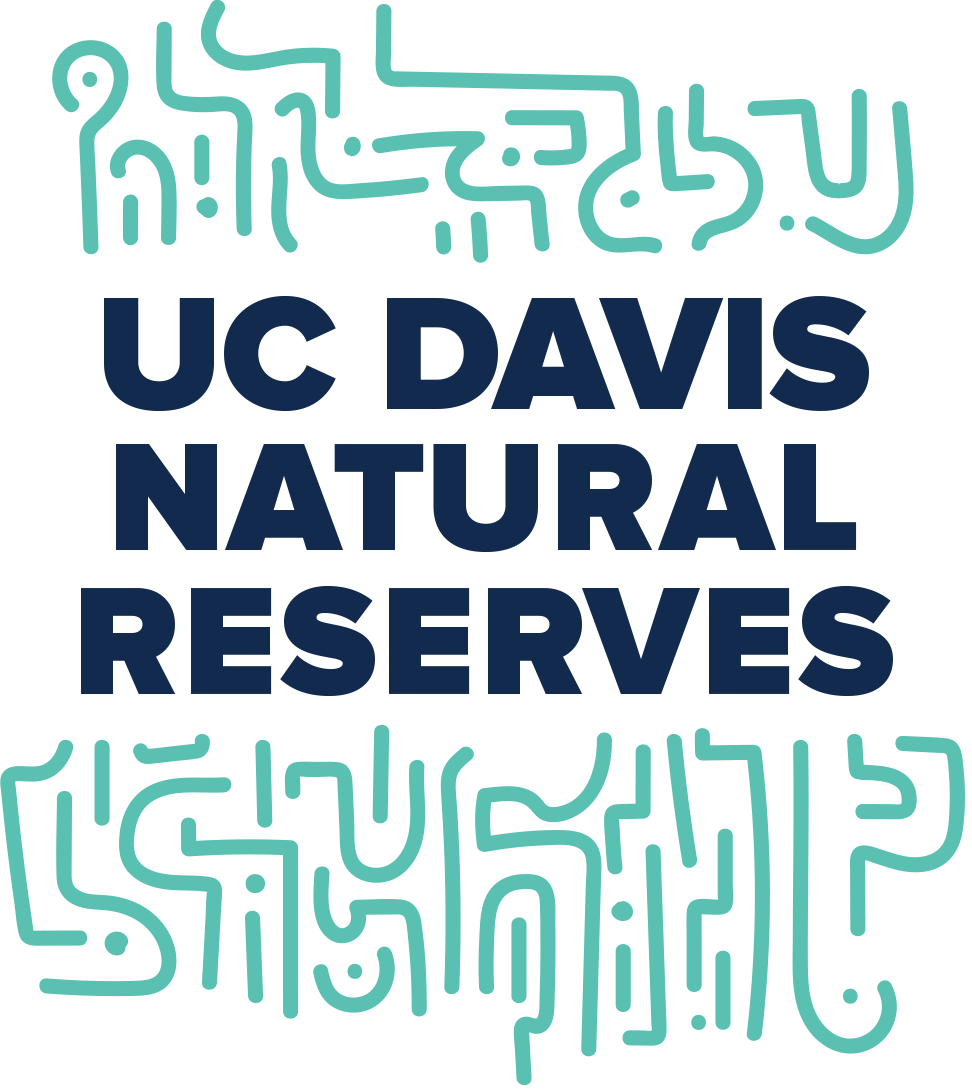
Situated in Northern California, USA, at over 7000 acres the McLaughlin Reserve overlays the intersection of Napa, Lake, and Yolo counties and is about 75 miles north of San Francisco / 52 miles WNW of Sacramento (118 miles =2.5 hrs/ 113 miles=2 hour by car). Under the influence of the mediterranean climate of the region, the reserve’s natural lands comprise a mosaic of plant communities that reflect a below-ground geologic mosaic, and which contribute to the high biodiversity of the region. Blue oak savannah, mixed oak woodland, annual grassland, chamise chaparral, and mixed chaparral occur on continental sedimentary soils and volcanic-origin soils, and “serpentine” chaparral, seep communities, and prairie occur on soils derived from oceanic ultramafic substrates. Parts of the reserve have been subject to a sustained management program which has restored herbaceous natural vegetation through removal of nonnative invasive annual grasses and forbes. The reserve, together with adjacent natural lands owned by US Bureau of Land Management and California Department of Fish and Wildlife supports robust populations of wildlife.
The Reserve functions as an “outdoor lab” and supports University-level research and teaching as well as some use by professional and public entities that require protected natural lands with the attributes provided by the McLaughlin Reserve. The sharp interfaces between different soil substrates provide excellent conditions for studies in plant ecology and evolutionary biology. Restored inner-coast-range California Prairie provides opportunities to study wildlife-plant interactions that differ from unrestored areas dominated by nonnative annual grasses and forbes. The use of prescribed fire as a tool for restoration and mitigating wildfire is an emerging area of work at the reserve.
A bunkhouse, greenhouse, shadehouse, indoor work rooms, and storage are amongst the facilities available to those approved to work at the McLaughlin Reserve.
- Year Founded
- 1993
- Year Joined OBFS
- 2002
- Size of Field Station (hectares)
- 5001-10000
- FSML Web Address
- https://naturalreserves.ucdavis.edu/mclaughlin-reserve
- Private nonprofit organization?
- No
- Universities affiliated / Parent Organization
- University of California - Davis
- Federal, state, or local governmental partners?
-
No
- Member of the Virtual Field
- No

